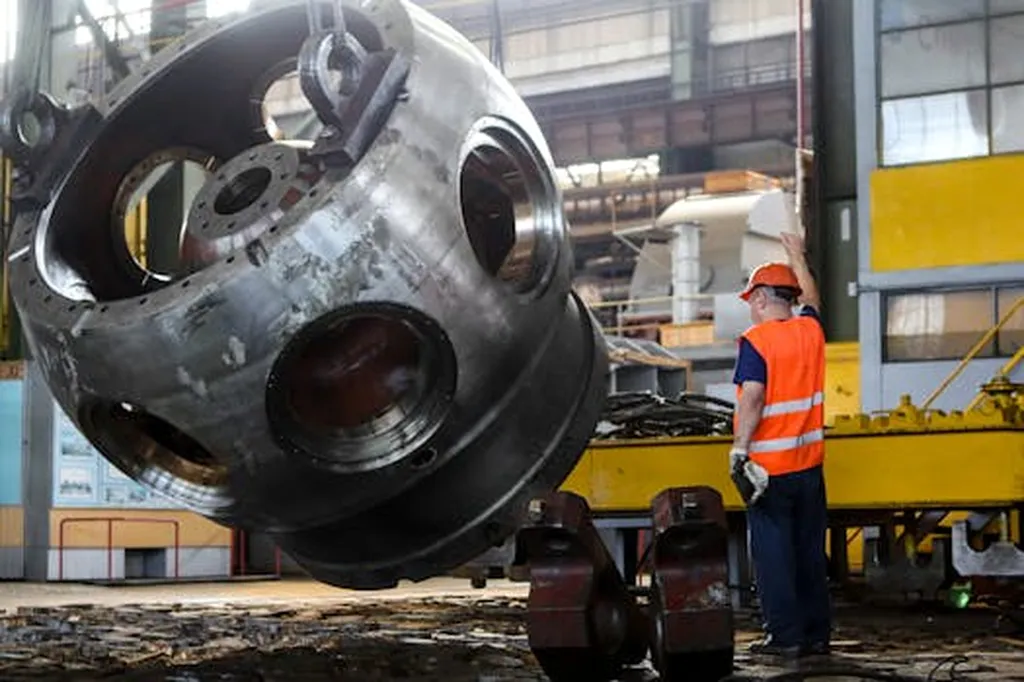In the rapidly evolving landscape of unmanned aerial vehicles (UAVs), a groundbreaking study led by Xunzhuo He from the School of Electrical Engineering at Chongqing University in China is set to redefine the capabilities of UAV clusters in power system applications. Published in the journal *Applied Sciences*, the research introduces an innovative scheduling method that combines UAV path planning with laser-based remote charging technology, addressing critical energy constraints and operational efficiencies.
The study, titled “Distributed Robust Routing Optimization for Laser-Powered UAV Cluster with Temporary Parking Charging,” tackles the persistent challenge of limited battery life and range in UAV operations. “Efficient cooperation and energy replenishment solutions are crucial for effective UAV cluster scheduling,” He explains. “Our method integrates charging operations with mission execution processes, ensuring uninterrupted task operation.”
The research proposes a distributed robust optimization (DRO) framework to handle spatiotemporal uncertainties, particularly those caused by weather conditions. This framework not only enhances task completion rates but also improves energy efficiency, making it a game-changer for industries relying on UAVs for critical tasks such as transmission line inspection, fault diagnosis, and post-disaster emergency communication restoration.
The implications for the energy sector are profound. Traditional scheduling methods often fall short in ensuring continuous operation due to battery limitations. However, the integration of laser-powered remote charging technology offers a sustainable solution. “Our simulation results demonstrate that the proposed strategy significantly outperforms traditional scheduling methods without remote charging,” He notes. “This method achieves higher task completion rates and improved energy efficiency, substantiating its effectiveness and engineering feasibility.”
The study’s findings highlight the potential for UAV clusters to become more reliable and efficient in power system applications. As the energy sector continues to embrace advanced technologies, the integration of laser-powered UAVs could revolutionize how tasks are executed, particularly in disaster recovery scenarios. The research not only addresses current challenges but also paves the way for future developments in UAV technology, offering a glimpse into a more efficient and resilient energy infrastructure.
As the energy sector looks towards a future where UAVs play an increasingly pivotal role, the work of He and his team at Chongqing University stands as a testament to the power of innovation. Their research, published in the journal *Applied Sciences*, is a significant step forward in the quest for more efficient and reliable UAV operations, setting a new standard for the industry.

